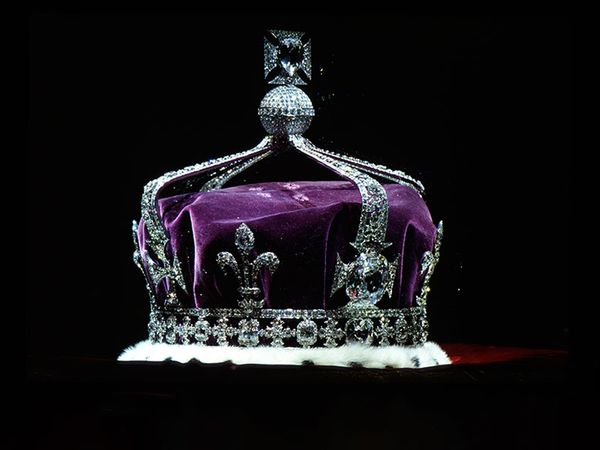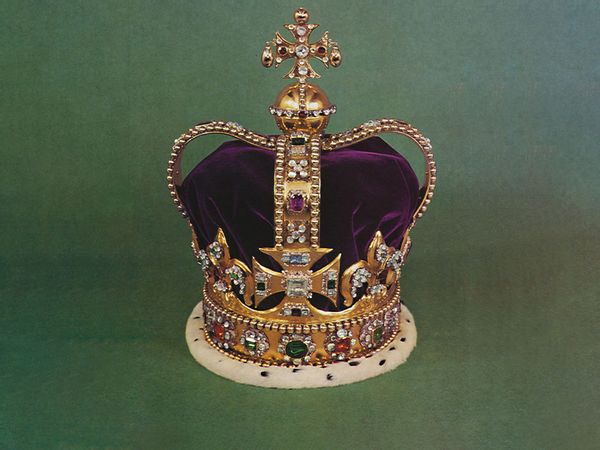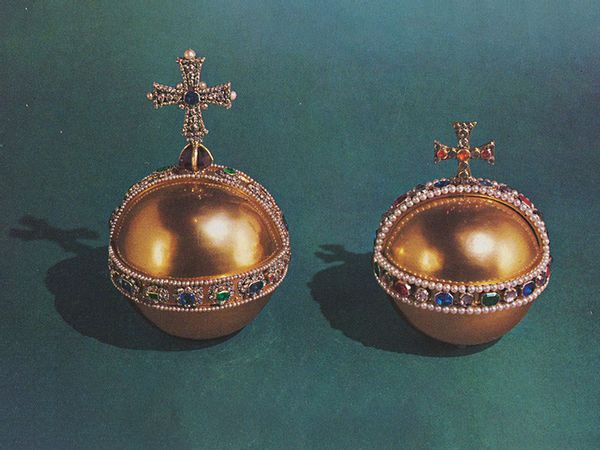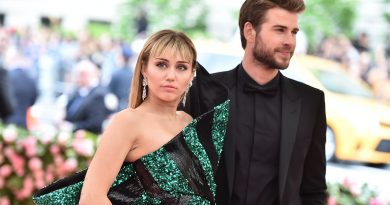King Charles III’s coronation: The bloody history behind some of the crown jewels
This weekend, at the coronation of King Charles III, not all that glitters will be gold. Some of it will be jewels — and more than a few of those jewels have tragic, blood-soaked histories behind them.
Since Queen Elizabeth II’s death in September, her son Charles has ruled, but May 6 marks the official coronation when Charles becomes monarch of the United Kingdom of Great Britain and Northern Ireland. It’s the 40th such ceremony, though the last coronation took place back in 1953, when Elizabeth took the throne to reign for a record 70 years. As Vox writes, “The coronation serves as a religious ceremony much like a wedding, formalizing Charles’s new status as king. It’s also a moment of national celebration (and royalist propaganda), welcoming the new king to his station as the country moves away from mourning his long-reigning mother.”
Elizabeth’s coronation was the first such ceremony to be televised. The coronation includes a procession, a two-hour long service, a recognition by those in attendance (mostly dignitaries and staff, who pledge loyalty to the king); Charles takes an oath, he’s anointed and there’s a reception.
For over 900 years, every British monarch has been crowned in Westminster Abbey, and Charles is not one to break from tradition. For example, as NBC News reports, “No U.S. president has ever attended a British coronation, a tradition that continues.” President Biden won’t be there. Charles will sit in the coronation chair, a bit of furniture so old it’s called a relic, from King Edward II’s time of 1308.
But some of the items typically worn at a coronation are deviating from tradition, for good reason. Their histories include violence, theft, power and deception.
 Queen Mary’s Crown (1937) Made Of Platinum And Containing The Famous Koh-i-noor Diamond (Tim Graham Photo Library via Getty Images)
Queen Mary’s Crown (1937) Made Of Platinum And Containing The Famous Koh-i-noor Diamond (Tim Graham Photo Library via Getty Images)Charles’ wife Camilla will now be known as Queen Camilla, after being referred to as Queen Consort since Elizabeth’s death. Like Charles, she will be crowned with an actual crown. But the first break with tradition comes here: previously, consorts were crowned with new headpieces, created just for this moment. Camilla will wear an existing piece. Known as Queen Mary’s Crown, it was created for the coronation of Queen Mary in 1911.
It will also be altered. The crown will be reset before the ceremony in order to remove the Koh-i-Noor diamond. The Koh-i-Noor diamond, sometimes spelled as Kohinoor, which is a massive 105 carats, was allegedly found 800 years ago, on the banks of India’s holy Krishna River. For many years, it was hidden in plain sight: in the eye of a statue at a Hindu temple. As NPR reports, “Rumors spread about this giant diamond guarded by a goddess, and it became the object of violent conquest.” It disappeared from records for a while, changing hands several times. According to NPR, “Its history is enormously disputed. There’s almost no record of it [again] until it’s on the top of the peacock throne.” After an Iranian leader defeated the army which had taken power in India, the diamond went through Iran, then Afghanistan. By the 19th century, the diamond was inherited by a prince, Duleep Singh, who was only 10 years old at the time – and ill. British diplomats befriended the prince, and as NPR put it, “They basically take this little boy’s diamond.” Queen Victoria claimed it as part of a treaty the prince was forced to sign after the imprisonment of his mother.
By now the diamond had assumed a legend of being cursed. But only for men. No man might wear it without terrible injury or death. So, British female monarchs wore it, including Queen Mary and Queen Mother Elizabeth to her coronation in 1937 and to her daughter’s in 1953.
According to NPR, the “loss is felt, memorialized, in India to this day” of the great jewel whose name means mountain of light in Persian. India wants the diamond returned. As Slate writes, “Even amid [Elizabeth II’s] personal efforts to whitewash the kingdom’s cruelty and discourage independence movements, the most piercing symbols of the United Kingdom’s exploitation remained with Elizabeth—on her horses, inside Buckingham Palace, and, most significantly, on her crown.”
Instead of the giant diamond? Camilla’s crown will feature 2,200 smaller diamonds. It’s unclear where they came from.
 St. Edward’s Crown, 1953. (The Print Collector/Getty Images)
St. Edward’s Crown, 1953. (The Print Collector/Getty Images)The headpiece to officially crown the king is St. Edward’s Crown, first created for Charles’ namesake, King Charles II. It’s known as the coronation crown. Weighing five pounds, with a velvet cap and band of ermine fur, the crown includes a dazzling array of rubies, amethysts, sapphires, topazes, tourmalines and garnet. Solid gold, with its crosses-pattée and four fleurs-de-lis, this crown is also specifically seen as a symbol of the monarchy in the United Kingdom, incorporated into various insignia and emblems.
More than any other crown — and there are others, including one Charles will swap out later; yes, multiple crowns in one coronation ceremony for one king — this crown represents the monarch. And it’s hard not to feel the antiquated nature of the event when the headpiece in question is from 1661. As the Los Angeles Times writes, “Arguably everything about this ceremony is recycled. There’s not much of a line between recycled and historic here.”
Want a daily wrap-up of all the news and commentary Salon has to offer? Subscribe to our morning newsletter, Crash Course.
 The Sovereign’s Orb and Queen Mary II’s Orb, 1953. (The Print Collector/Getty Images)
The Sovereign’s Orb and Queen Mary II’s Orb, 1953. (The Print Collector/Getty Images)The Los Angeles Times also notes, “[i]n a nod to sustainability, according to the palace, Charles is reusing the white leather coronation glove made in 1937 for his grandfather, George VI. He’s also reusing a scepter and vestments worn in coronations back in the 1800s.” Sounds dusty.
While the coronation crown most acutely symbolizes the monarchy, perhaps no item in the ceremony illustrates the strangeness of it all more than the Sovereign’s Orb. It’s a golden globe topped by a cross. It wouldn’t be a coronation if it wasn’t jewel-encrusted and the orb is, with diamonds, pearls, emeralds and rubies. The orb’s last public appearance was on Elizabeth’s coffin, where it was placed while she lay in state and during the funeral procession. As Slate writes, the orb “represents the Christian world.” It looks like a very expensive Easter egg and the monarch holds in their right hand. Historic Royal Palaces puts it this way, the orb “reminds the monarch that their power is derived from God.” And does so with a heavy handful of gold and precious jewels with long, complicated and still aching histories.
Read more
about royals


